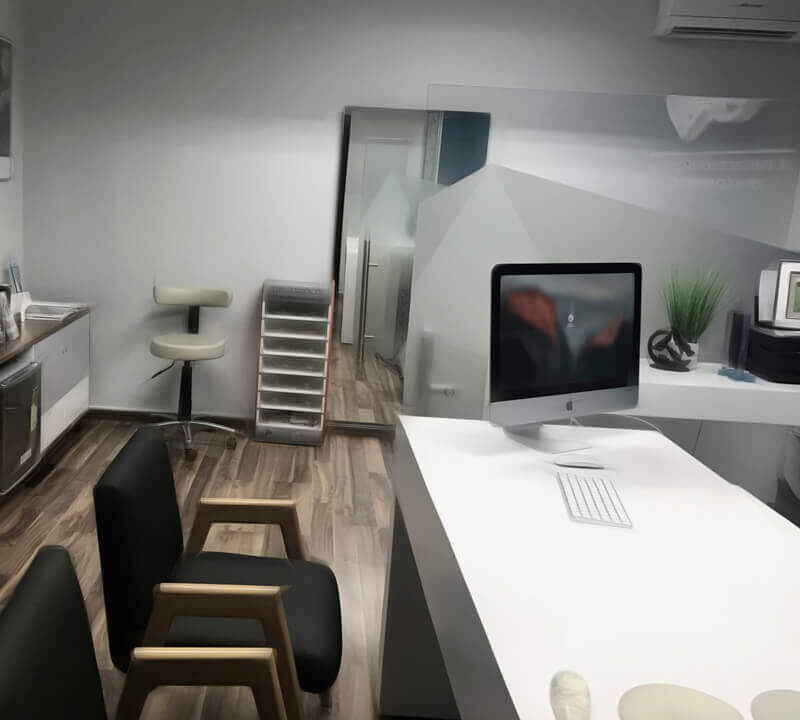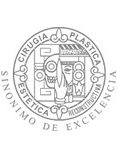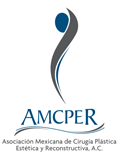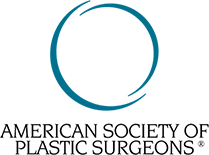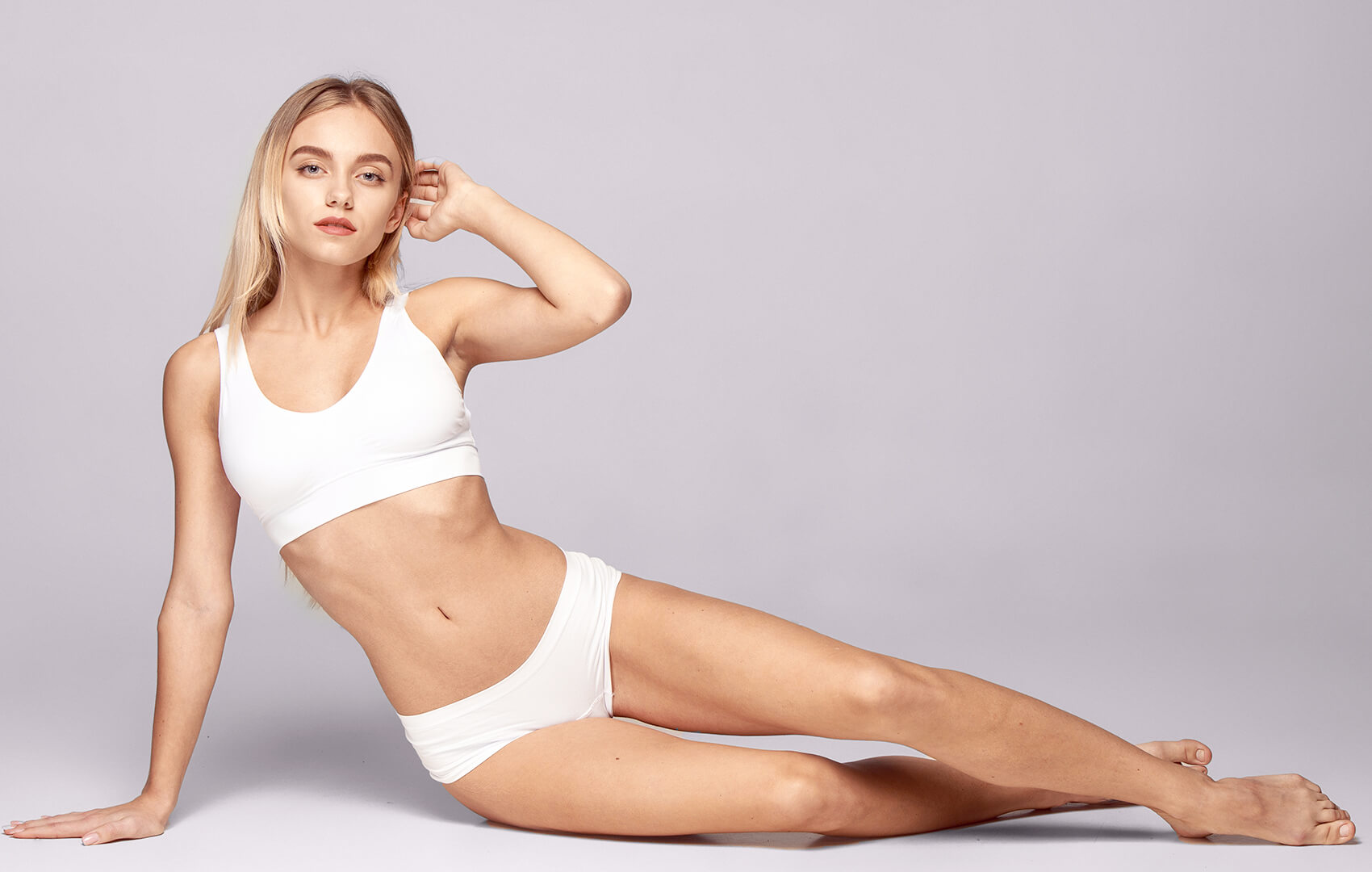
A torsoplasty or upper body lift improves the shape and tone of the underlying tissue that supports the fat and skin. Excess fat and flabby skin are removed to treat conditions caused in part by poor tissue elasticity
The purpose of a torsoplasty is to remove excess skin and fat from the upper body. One goal is to minimize the skin of the torso that hangs over the top of the bra strap. Another goal is to remove skin and fat from the chest that can hold moisture and chronic skin infections.
BEFORE
AFTER
The sequence and duration of a body lift procedure varies according to the needs of the patient, although body lift surgery is usually performed in three stages. During stage 1 and 2, the patient is placed on his side. Extra skin and body fat from the buttocks, hips, back and thighs are removed from each side. During stage 3, a tummy tuck is performed to remove excess skin and fat from the abdomen. The underlying abdominal muscles are exposed and tight. In short: loose skin plus localized residual fat is removed from almost the entire central body, while weak muscles are tensed.

During a vertical torsoplasty, an ellipse is removed from the skin of the torso, just below the armpit. The resulting scar extends from the armpit to the side of the chest. Depending on the amount of torso skin and excess fat, the vertical torsoplasty scar may extend from the armpit to the top of the bra line or below the belt line. The scar of a horizontal torsoplasty extends across the back, usually joins in the middle of the back. The horizontal torsoplasty scar can often be hidden under a bra or bikini.

You will see the final results once the incision has healed and the swelling has subsided. Because inflammation lasts for approximately six to eight weeks, most patients can see the final results between eight and twelve weeks. However, the scar will take up to two years to disappear.
